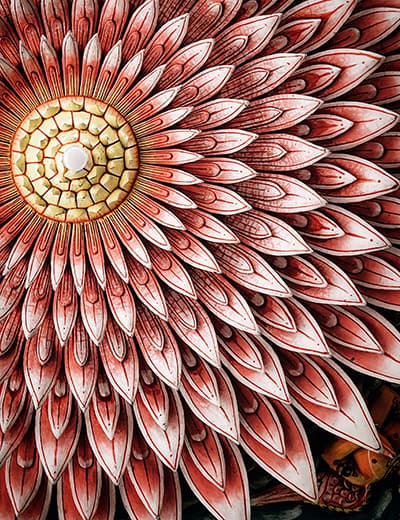Madurai left us with a sense of mystery, the perception that a timeless civilization was still alive there

NARRATIVES
A PLEASANT SYNCHRONICITY
South India
It is early morning and it is time to go.
Ramesh, the driver is waiting for us, his spotless car smelling of incense offered to the deity on the dashboard, along with a red exotic flower, to protect our journey.
We leave behind the amazing city of Madurai, the heart of Dravidian Tamil Nadu, where we visited one of the most impressive temples, dedicated to goddess Meenakshi, the fish-eyed Devi. We were walking around the centre of the town when we stumbled upon the grand structure. Even though we were supposed to visit it with the guide the day after, we decided to enter.
We were not told that by leaving our shoes, we would also be leaving every possibility to remain an indifferent observer behind. Very soon we felt overwhelmed by the dense atmosphere of the place, the powerful scent, the prayers coming from the womb of the earth, or at least that’s how it felt. Many pilgrims were around carrying their offerings, but one of them left an indelible image in our mind. A young woman, with a little girl on her lap, was sitting at the feet of a boon-giving small sculpture in black stone that she was smearing with kumkum, the red powder associated with fertility. She must be asking for a baby boy, I thought, and I hoped for her wish to be granted.
Madurai left us with a sense of mystery, the perception that a timeless civilization was still alive there in spite of the internet revolution. Hoping to find insight into this intriguing culture, I was glad to have discovered the book, Multiple Facets of My Madurai by Manohar Devadoss. Leafing through it while driving through the countryside, I was struck by the writer’s reflections:
“When I experienced snowfall for the first time in 1969 at Oberlin in the USA, I was thrilled. Later, I observed that one of the fascinating aspects of snow was the way inordinate volumes of those white flakes sat lightly upon tiny, leafless, horizontal twigs on trees. The snow-laden slender boughs reminded me of a frequent, familiar sight of my boyhood in far away, tropical, rural Madurai, during summer: of bullock carts, laden with hay rising to staggering heights.
While I could comprehend how so much snow could sit on such thin tree branches, I never did figure out how so much hay could be loaded on to those carts in the first place. While snow sits more readily on immobile courtyard trees, shielded from the breeze; the towers of hay moved on humble carts with wooden wheels, often umping precariously along rough roads.”
As soon as I raised my gaze, there was the big truck, overloaded with a stack of hay that miraculously stood on top of it, moving forward courageously. I smiled at the synchronicity and I told my friend:
“See, back home all seems quite organized under a blanket of habits and comfort. Here, we move forward precariously, but every day is filled with a load of surprises.”
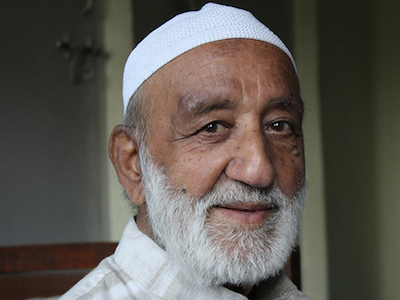
Eid at Abaji’s
The first steps into Srinagar comforted this spontaneous feeling, and on the morning of Eid, the city adopted me...
Narrative • North India
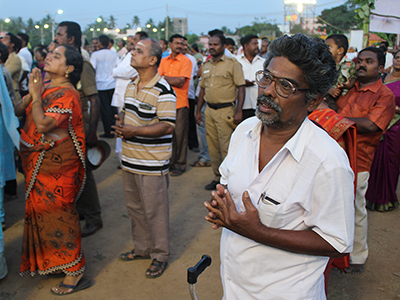
The Celestial Wedding
Somehow, after a journey through India, my perception of humanity becomes clearer; my enthusiasm for life feels renewed. The more...
Narrative • South India
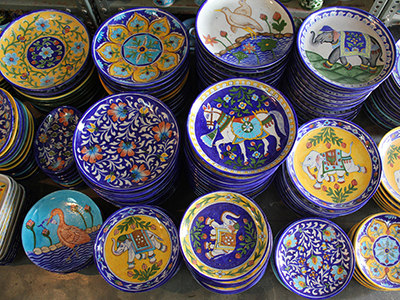
Where Art is Made
This journey explores the many handicraft traditions ranging from pottery to textiles in the states of Rajasthan and Uttar Pradesh...
Bespoke Journey • North India
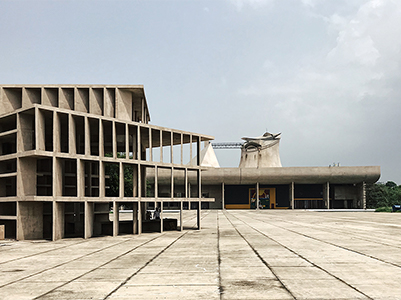
Monuments of Minimalism
This journey across the North and West explores the phenomenon of modern architecture that gripped India during the 20th century...
Bespoke Journey • North India

Barefoot
White sandy beaches separate crystal clear azure waters from lush curtains of rainforest green...
Hotel Guide • South India
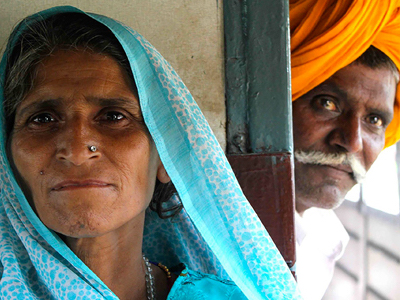
Sliding Down The Hill
The familiar whistle of the locomotive announces its slow approach to the impatient crowd waiting on the platform. The Khambli Ghat station...


